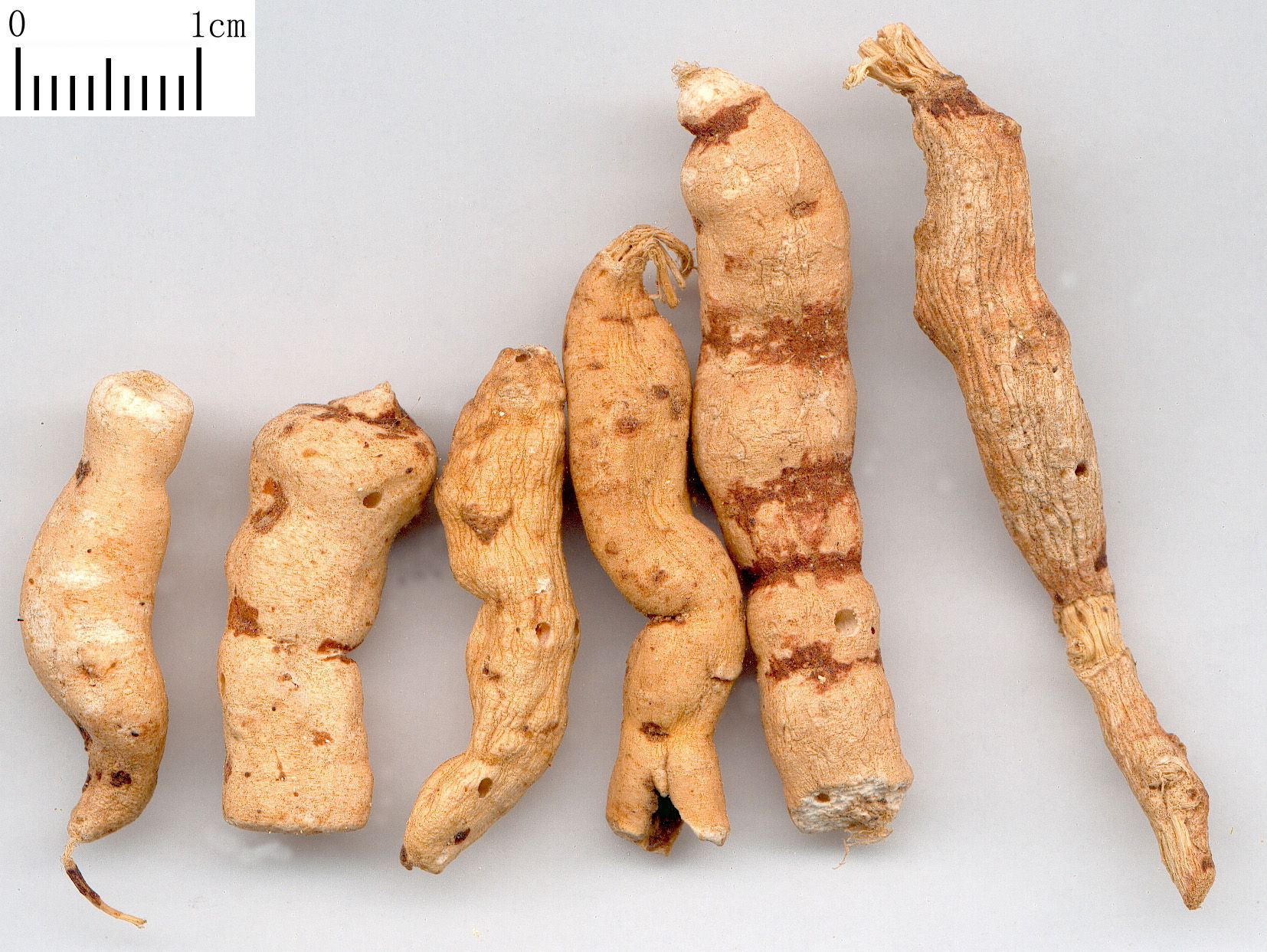Gan Sui
The Processing of Gan Sui
Origin
The root tuber of perennial herbaceous plant Euphorbia kansui T. N. Llliou ex T. P. Wang. of family Euphorbiaceae.
Location
Mainly in Shanxi, Shaanxi and Hebei provinces, etc. of China.
Harvest
Dug out in early spring before blossom, or late autumn after leaf and stem withered which is viewed as the better.
The actual smell and taste
Light smell, slightly sweet and spicy taste.
Best quality
Collected in autumn, full, white, enough mealiness.
Processing
Unprocessed or processed with vinegar.
The Effect of Gan Sui
Property
Bitter, cold; toxic; lung, kidney, and large intestine meridians entered.
Actions
Drive out accumulated water, relieve swelling and dissipate nodulation in topical application.
Indications
A. Edema, tympanites and hydrothorax
Being bitter-cold and descending in property with the strong action of expelling water by catharsis, it can result in serious diarrhea to further discharge accumulated water rapidly. It is indicated for edema, tympanites and hydrothorax without deficiency of healthy qi. It can be used singly in powder or combined with Da Ji and Yuan Hua, known as Shi Zao Tang from Shang Han Lun.
B. Sores and abscess
It has the action of relieving swelling and dissipating nodulation when being used topically. For sores and abscess, the powder of Gan Sui is mixed with water for topical application.
Dosage and Administrations
0.5~1g, used in pills or powder. It is not recommended to be used in decoction because its active component doesn't dissolve in water. Proper dosage is for topical administration. It should be processed with vinegar to weaken its toxins when taking orally.
Cautions
It is contraindicated to the pregnant women and valetudinarian, and antagonistic to Gan Cao.
